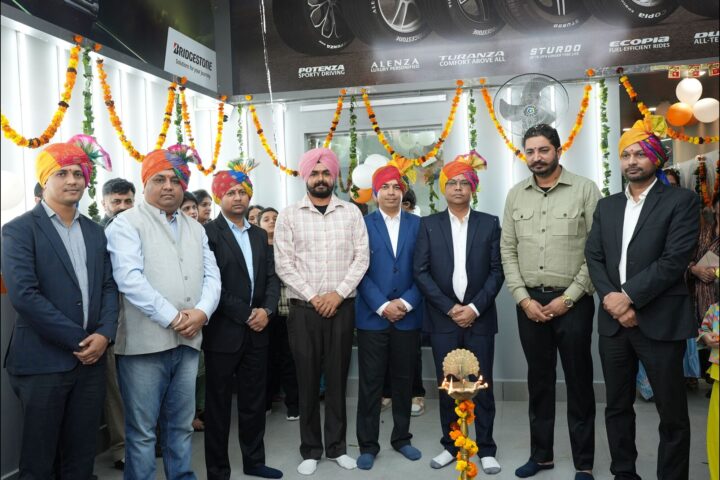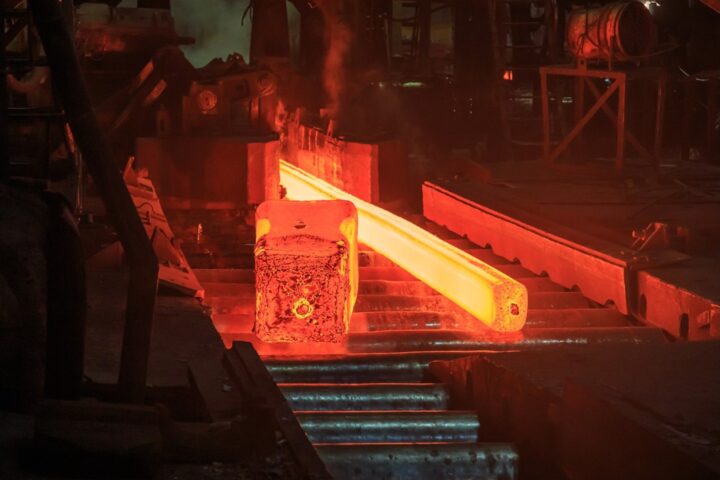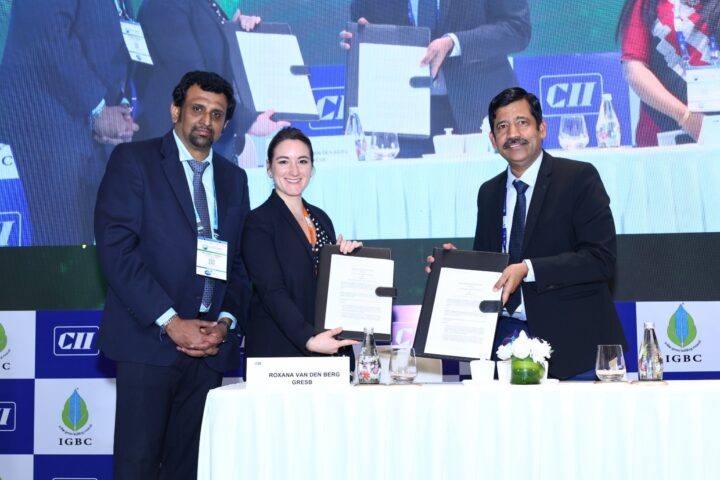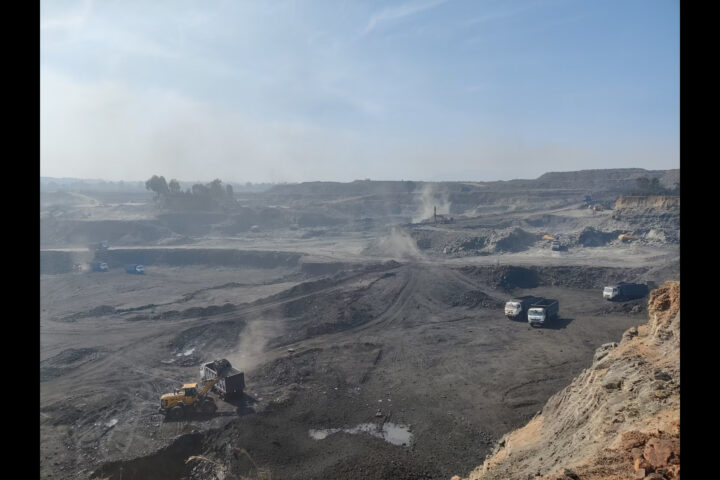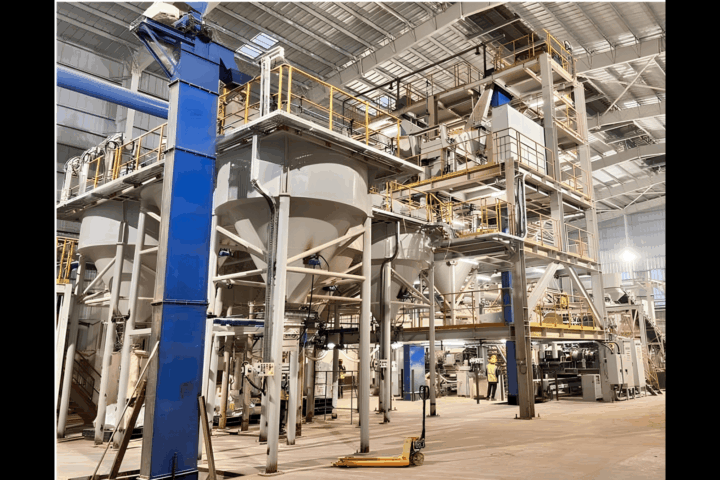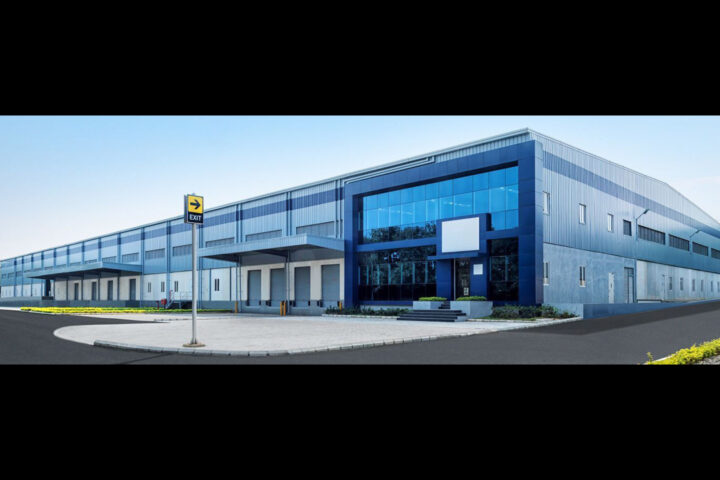Our recently launched Regional Innovation Center in Singapore showcases futuristic technologies that will transform logistics operations. VIKAS ANAND, Managing Director, DHL Supply Chain India Pvt. Ltd.
Logistics forms the backbone of domestic and international trade and is key to the nation’s economic growth; what are your views on this?
India is emerging as one of the world’s leading consumer markets. It expects to sustain strong growth over the coming years and strives to become one of the top three economies in the world. The logistics sector plays a major role in supporting this growth and the connectivity and convenience in operations is key for sustaining this progress in India.
India’s logistics performance index shot up by 19 points in 2016, what kind of measures need to be implemented to sustain this improvement and move up the chart?
Infrastructure development is the cornerstone of this growth. Logistics infrastructure covering road, rail, waterways and air network is the backbone of the economy. An ideal situation would be to have adequate infrastructure capacity riding on which the various modes could form a
logistics chain for seamless flow of goods and services.
How important is the Indian market for DHL? What part of your annual revenue is driven by the Indian market?
Deutsche Post DHL, our parent company has always believed in the ‘India story’ and the potential the country holds to become one of the fastest growing economies in the world. We believed in the future of India and in keeping with our strategy to stay ahead of the curve we had announced a substantial investment of Euro 100 million for infrastructure development a few years ago. We have made sizable investments over a period of time in large world class Multi Client Sites (MCS), transportation, automation and our people.
What are the major challenges for the Indian logistics sector in the coming years? What are the consolidated measures required to correct these?
Logistics in India continues to face quite a few challenges and a good part of the industry is rising up to them. Investments are being made by players in the industry and a little regulatory boost will go a long way in helping build world class supply chains in India. Delays, which increase cost and lead to wastage, need to be addressed even more aggressively by the industry and the regulatory authorities. Tax breaks, encouragement of Free Trade Zones, added focus on the sector to make it even more organized, development of world class ports, expressways, e-tolls, single window clearances etc… so many items have been work in progress over the last decade but still remain a challenge in the logistics industry. Apart from the above, developing industry ready talent and making logistics an attractive sector for young graduates should be on top of every logistics player in India.
The Indian Economy was experiencing a slowdown with the manufacturing sectors in al ull, how has this affected your balance sheet?
Have the measures to revive the economy worked well as far as the logistics sector is concerned?
The challenge of logistics is complex in India with things like regulatory frameworks, airports, road networks, highways all needing an overhaul. For the government’s ambitious “Make in India’ and other initiatives to succeed, it is vital that the country has the infrastructure to enable a smoother supply chain. While the government has introduced several reforms to kick start the economy, the biggest of them all,the Goods and Service Tax (GST) is still not cleared. GST is a landmark reform and will significantly accelerate growth of contract logistics players like
DHL Supply Chain.
Considering the volume of business, which are the core sectors in the Indian market which have provided DHL with substantial opportunities? What are the other sectors according to you immense possibilities exists?
DHL Supply Chain is creating competencies in its focus sectors, which include Life Sciences & Healthcare, Automotive, Consumer Retail, Energy and Technology, to add value to our customers’ end to end supply chains. Additionally in keeping with our efforts to provide path breaking solutions to the supply chain industry in India, we have launched two Logistics Service Centers in Mumbai which offer significant
value to DHL Supply Chain’s customers with innovative solutions that help them manage costs and simplify their business.
DHL is the global market leader in the logistics industry; what are the latest technological trends set to revolutionize the logistics sector?
DHL believes innovative ideas are key for our future success. Our focus on customer-centric innovations and the development of products and
services that our customers need most will help us to remain the logistics leader. By analyzing social, business and technology trends, and converting our innovations into marketable solutions, we will make our customers more successful. Our recently launched Regional Innovation Center in Singapore showcases futuristic technologies that will transform logistics operations. These include augmented reality “smart glasses” for warehouse assembly lines and product picking; drones for delivery of time-critical goods like medicines; Maintenance on Demand (MoDe) vehicles that use machine-to-machine (M2M) sensors to boost vehicle uptime by 30 per cent; and driverless shuttles for faster, more efficient transportation. Furthermore, we have very recently run a pilot test successfully,including robot technology for collaborative automated order picking in a DHL Supply Chain warehouse in Germany.
Why does logistics in India cost 2-3 times the international benchmark? What kind of requisite infrastructure and policy changes should be
administered by the GOI to correct this issue?
Overall logistics cost as a percentage of GDP is high in India compared to developed economies. The major reasons for this are the small size of
warehouses which are inefficient, road freight moving long distances in small vehicles at low average speed due to poor road conditions, periodic check posts and lack of trained manpower.
Indian customers have opened up to Ecommerce in a big way, what does it mean to a market leader like DHL? What kind of opportunity do you see in this market?
One of the most critical components of e-commerce success is e-fulfillment. This involves backend activities and includes places where
products are stored and from where products are picked and shipped either by us or anyone else appointed by the e-Commerce company.
We are working with large players who are operating globally, and for them we have set up e-fulfillment centers in India. E-fulfillment centers
are the next growth area and we are already helping e-Commerce companies meet their delivery requirements.
Industry experts had given aggressive volume guidance for FY17. How is the Q1 looking so far? Is it looking as good?
In spite of all the challenges, DHL Supply Chain India has invested more than Euro 100 million in building world class Multi Client Sites,
transport development, IT (WMS and TMS) and manpower training. All these factors have been unique differentiators for us as a result of
which DHL Supply Chain has grown rapidly with nearly four times the GDP growth.








